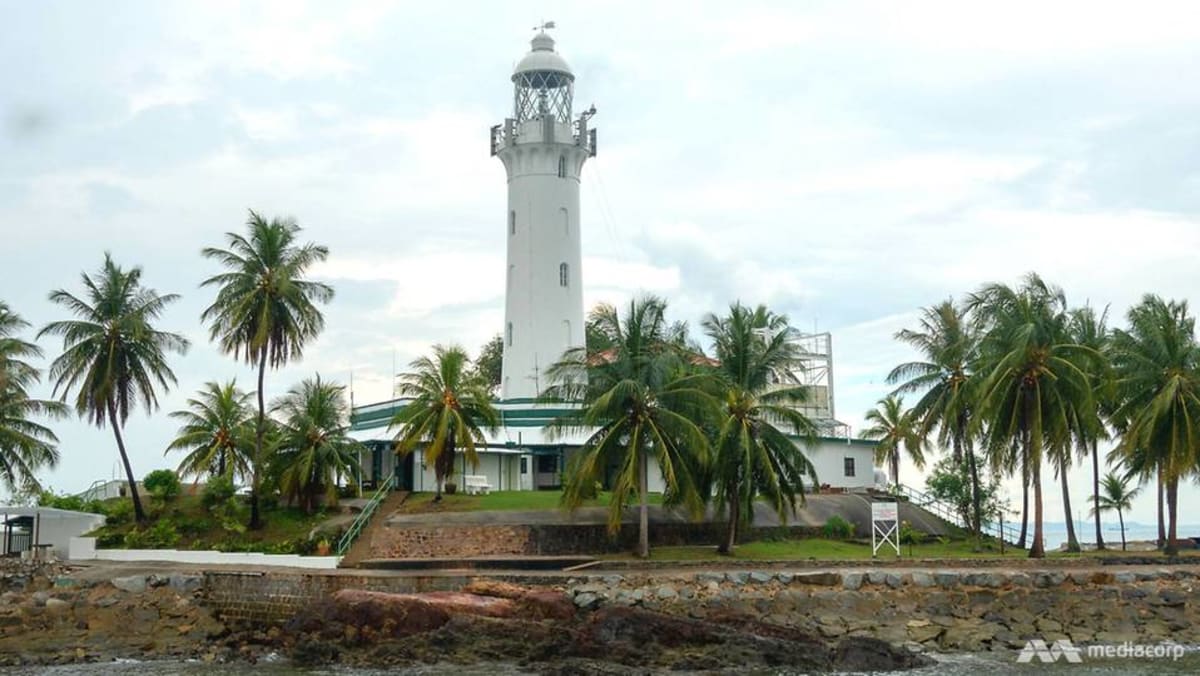Dr Toh Tai Chong, senior lecturer at the National University of Singapore’s Reef Ecology Lab, also questioned whether higher levels of boat traffic would disrupt water flow around the area.
“Even the structures that we install, will (they) change the hydrodynamics? Because this has implications on the coral larvae that arrive at Raffles Lighthouse,” he noted.
The lighthouse is a “sink site”, which means coral larvae that emerge from various reefs around Singapore and the southern waters tend to stay around the lighthouse and establish themselves.
This explains the high diversity of corals and existence of rare species not often found in other parts of the country, Dr Toh said.
“Even though the direct impact might be very minimal, such indirect impact can continue to impact the area for a longer time, beyond the construction phase,” he added.
He also said solar panels can reduce the amount of light penetrating the sea surface, which could pose some stress to corals as they are dependent on light.
Coral reefs are also important food sources for larger animals, as well as a refuge for smaller organisms.
“For turtles, they tend to have certain fixed patterns of migratory routes and also to lay eggs, so this has to be considered. More research has to be done in this particular area to identify these possible routes of migration,” added Dr Toh.

